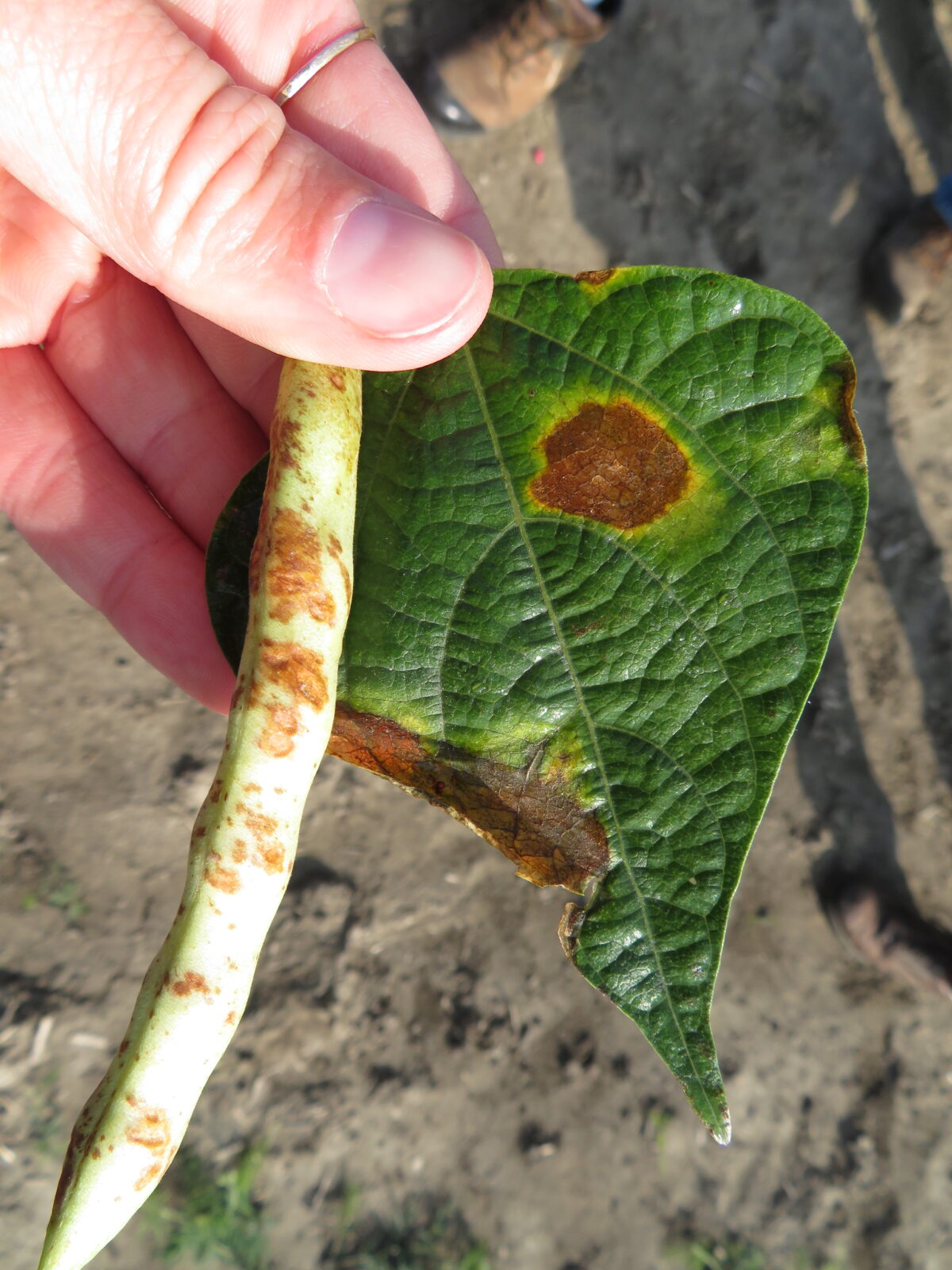
This list may not include all products registered for this use.

Natural Guard by Ferti-Lome Copper Soap Fungicide RTU.Bonide Liquid Copper Fungicide RTU Īctive ingredient: copper octanoate.Always read and follow all label directions. Listed below are examples of pesticides that are legal in Washington. This is less effective for common blight than for halo blight or brown spot blight.Fixed copper can be effective if applied at the first sign of disease.IMPORTANT: Visit Home and Garden Fact Sheets for more information on using pesticides. Avoid damaging plants with tools or by excessive handling.Pull infected plants and destroy do not add to compost.Clear plant debris which can act as a reservoir for the pathogen.Control weeds and volunteer bean seedlings.Practice two- to four-year crop rotation.Select non-chemical management options as your first choice! Use Integrated Pest Management (IPM) for successful plant problem management. Bacterial brown spot, most commonly damaging to lima bean, starts with similar foliar symptoms followed by tissue dropping out leaving a shot-hole appearance while the pods may be distorted in shape. Common bacterial blight will look quite similar though leaf spots merge and darken and dry out with time. Red waxy cankers can develop on stems and may girdle tissue. Leaves spots may be surrounded by greenish, yellow halos. Halo bright can create greasy, water-soaked spots 1⁄16″ in diameter on the underside of leaves or on pods. Warm temperatures of at least 80° F coupled with humid conditions, including moisture retention in a crowded crop canopy, promote development of these bacterial infections. Bacterial pathogens can be found in other nearby hosts and weeds or may survive in debris in the soil but the most common source of the problems in the garden is the use of non-certified and/or contaminated seeds. The bacteria can enter through natural openings, such as stomata, but also access wounds created by mechanical damage from contact or from hail. It has caused severe damage in many fields, particularly in Miami-Dade County, sometimes forcing growers to abandon entire plantings of snap beans. Bean golden mosaic (BGMV) is a devastating virus disease of snap bean, especially in southern Florida. Bacteria pathogens require an opening to infect host plants. Sprays of copper bactericides may also be warranted if evidence of bacterial diseases is found. Make sure to find all the information you need to get rid of bacterial blight. Bacterial blight: Bacterial blight is quite common when growing bean plants in your garden. phaseoli) and bacterial brown-spot ( Pseudomonas syringae pv. Hence, the easiest and most efficient way to get rid of Anthracnose is to spray some vinegar onto the leaves of bean plants. phaseolicola), common bacterial blight ( Xanthomonas axonopodis pv. However, effectiveness of this product has been reported to be variable.Three distinct bacterial blights may affect beans in the area: halo blight ( Pseudomonas syringae pv. A copper-based product called Kocide 2000 is registered for control of CBB. As this disease is bacterial, foliar fungicide will not be effective for control.

The best way to manage bacterial blight is by planting disease-free seed, keeping equipment clean and incorporating residue. This disease can spread rapidly from plant to plant, favouring warm temperatures and humid conditions. Infection of the pods can cause shriveled seeds. These pod lesions eventually become reddish brown, sunken lesions that resemble anthracnose lesions. Pod symptoms include circular, water-soaked spots with yellow masses of bacteria in the centre.

Lesions eventually coalesce and become necrotic, surrounded by a yellow halo. It first appears as water-soaked spots on the underside of leaflets. Infection of common bacterial blight (CBB) occurs through natural leaf openings or wounds created by hail or other environmental damage. Common Bacterial Blight ( Xanthomonas campestris)


 0 kommentar(er)
0 kommentar(er)
